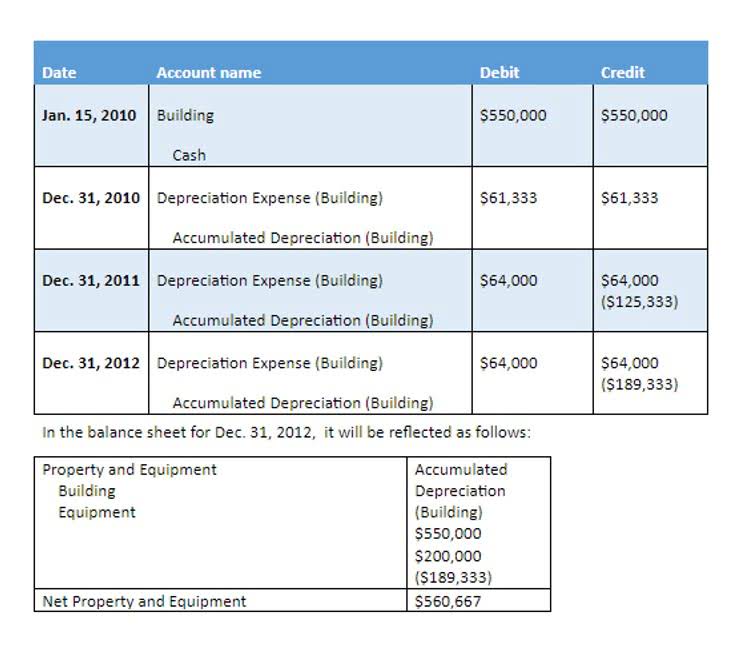
Chartered accountant Michael Brown is the founder and CEO of Double Entry Bookkeeping. He has worked as an accountant and consultant for more than 25 years and has built financial models for all types of industries. He has been the CFO or controller of both small and medium sized companies and has run small businesses of his own.
- Suspense accounts are often used for assets or liabilities and may require further clarification to be adjusted or added where they belong.
- After which, they need to debit the suspense account and credit the accounts payable.
- A suspense account on a balance sheet is a temporary holding place for transactions that are unclear or not ready to be classified into a definitive account.
- Suppose a company mistakenly enters a financial transaction into the wrong account due to a data input error.
Adjusting the Accounting Records

Lenders and loan servicers may also refer to suspense accounts as “unapplied funds accounts.” An error of original entry occurs when an incorrect amount is posted to the correct account. For example, suppose the trial balance showed total debits of 84,600 but total credits of 83,400 leaving a difference of 1,200 as shown below. Accounting errors can occur in double entry bookkeeping for a number of reasons. Accounting errors are not the same as fraud, errors happen unintentionally, whereas fraud is a deliberate and intentional attempt to falsify the bookkeeping entries.
Managing part-payment of invoices

In accounting for small suspense account examples businesses, most suspense accounts are cleared out on a regular basis. Move suspense account entries into their designated accounts to make the suspense balance zero. When you open an accounting suspense account, the transaction is considered in suspense.
Suspense Accounts in Error Correction
Imagine JKL Enterprises received a partial payment of $300 on a $1,000 invoice. The payment did not specify which invoice it was intended for, so it was temporarily held in a suspense account. This allowed the finance team time to clarify the details with the customer without affecting the accuracy of their accounts receivable. A brokerage suspense account plays a crucial role in the world of investing, similar to other types of suspense accounts, but it is specifically used within brokerage firms. This type of account temporarily holds funds or securities until the correct placement of the transactions can be determined. A trial balance is the closing balance of an account that you calculate at the end of the accounting period.
- On the other hand, the suspense account is credited if the total of the credit column is short.
- Additionally, using a Suspense Account does not excuse companies from resolving the underlying issue causing the discrepancy.
- However, in spite of the verification of all books of accounts, accounting errors are sometimes not detected, and the trial balance does not agree.
- Sign up to receive more well-researched accounting articles and topics in your inbox, personalized for you.
- By doing so, delays and errors are minimized, and records are always up-to-date.
- Regular and timely reconciliation activities can minimize the need for suspense accounts by ensuring the accuracy and completeness of financial records.
- A trial balance is the closing balance of an account that we calculate at the end of the accounting period.
Double Entry Book-keeping with Ledger Accounts
While the use of accounting software should be making it even easier to keep on top of your accounts, it is inevitable that one or two entries will slip through the net. Keeping an up-to-date record and regularly reviewing your suspense account will help you make sure all is well when it comes to reporting your finances. For an accountant to show a suspense account on balance sheet documents is more direct than it seems, because it isn’t much different from other accounts. For instance, if the accountant or the owner isn’t sure which account to place a transaction into, then it’ll be moved to the suspense account for the time being. After which, they need to debit the suspense account and credit the accounts payable. Once the department has been specified, the accountant or management will be able to quickly bill that department.


When you find out the invoice, close the suspense account and move the amount to the correct account. Sometimes, accounting teams don’t have all the necessary information for a particular transaction. Regardless of that, they need to record every transaction to keep their ledger books up to date, and this is where the suspense account comes in handy, as they are not sure where to how is sales tax calculated record general ledger entries.
Example 7: Complex Transactions
At times, all the required details for a particular transaction are not available but it still needs to be recorded in order to keep the accounting books updated. In short, a suspense account is the point of last resort when you need a short-term holding bay for financial items that will end up somewhere else once their final resting place is decided. To close the suspense account, credit the suspense account and debit the supplies account for the purchasing department. If you’re unsure about where to enter a transaction, open a suspense account and talk to your accountant. Let us understand how suspense account entries work and how it helps accounting teams with the help of a couple of examples. No, unlike mortgage escrow accounts, the money in a mortgage suspense account doesn’t earn any interest for the https://www.bookstime.com/ borrower.
There is no ads to display, Please add some







